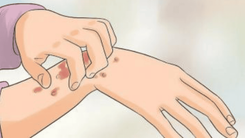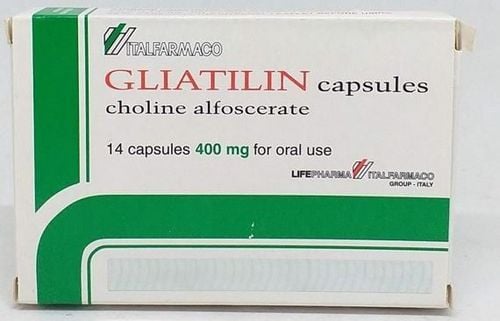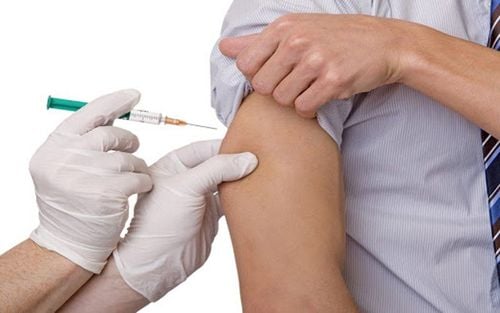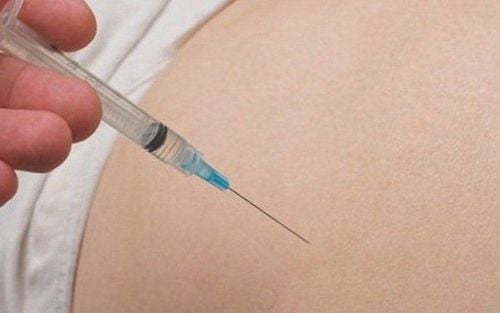This article has been professionally reviewed by Master’s Degree holder and Doctor Phan Ngoc Toan, a Resuscitation and Emergency Care Specialist at Vinmec Da Nang International Hospital.
Intravenous injection is a common method used to administer medication directly into the veins. With this technique, the medicine quickly travels through the bloodstream to the affected organs. However, it is also eliminated from the body faster compared to other methods of injection.
1. Preparation for intravenous injection
1.1. Preparation by the nurse
Wash hands thoroughly according to Ministry of Health regulations.
Wear the required uniform, including cap, gown, and gloves.
1.2. Preparation for the patient
The nurse introduces themselves with their full name, position, and role.
Explain the procedure of intravenous injection to the patient or their family.
Reassure the patient and provide necessary instructions before the injection.
Assess the patient’s overall condition.
Check the patient’s vital signs.
Ensure the patient is in a comfortable and appropriate position for the procedure.
1.3. Preparation of medications and equipment
• Two clean rectangular trays and a Kocher forceps stand.
• 70% alcohol, iodine cup, two cotton ball cups.
• Prescribed medication, appropriate syringe and needle.
• Shock prevention medication, blood pressure monitor, and stethoscope.
• Pillow, tourniquet, gloves.
• Sterile container for breaking ampoules, gauze, and cotton balls.
• Sharps disposal box and waste bag.
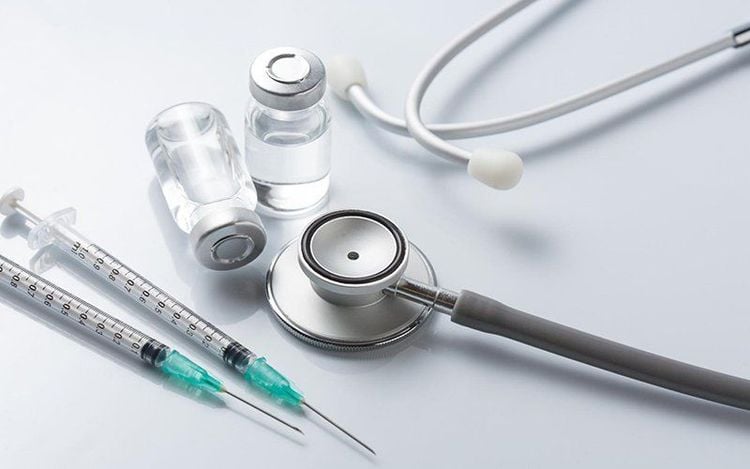
2. Injection angle for intravenous injection
Position the patient lying comfortably on their back with the arm extended. Roll up the sleeve above the elbow to expose the injection site. Place a thin pillow under the elbow if injecting at the bend of the arm or forearm. Roll the patient’s pants up above the knee if performing an intravenous injection at the inner ankle.
Insert the needle with the bevel facing upward at an angle of 15–30° to the skin. The nurse may also insert the needle beside the vein, through the skin, and into the vein wall before guiding it along the vein.
3. Intravenous injection procedure
• Place a pillow under the arm at the injection site.
• Tie a tourniquet 3–5 cm above the site without knotting tightly; use a bow knot for easy release.
• Instruct the patient to clench and unclench their fist to make the vein more visible. Prepare carefully to ensure the needle enters the vein successfully on the first attempt.
• Disinfect the injection area with iodine and then 70% alcohol from the center outward.
• Disinfect the nurse’s hands with 70% alcohol.
• Use the thumb of the left hand to stretch the skin and stabilize the vein to prevent movement.
• Hold the syringe in the right hand, ensuring no air bubbles, and insert the needle bevel-upward into the vein.
• The index finger holds the needle hub, the thumb rests on the syringe barrel, the middle and ring fingers are placed alongside the syringe, and the little finger supports the syringe plunger.
• When the needle enters the vein, blood will flow automatically into the syringe, or you may gently rotate the plunger counterclockwise to confirm blood flow into the syringe.
• Using the left hand, gently release the tourniquet and instruct the patient to relax their hand. At the same time, the left index finger holds the needle hub, the thumb rests on the syringe barrel, and the middle, ring, and little fingers of the nurse hold the syringe steady while injecting the medication.
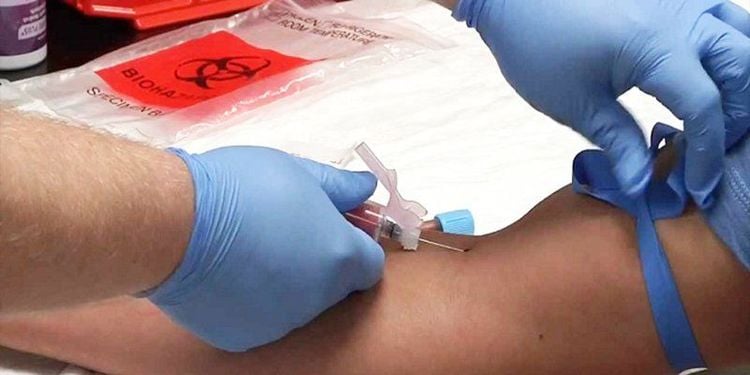
• Use the right index and middle fingers to hold the syringe flange, while the thumb presses on the plunger to slowly inject the medication into the vein.
• If the patient complains of pain or a burning sensation, check the injection site. If swelling is present, the needle has likely shifted out of the vein. Adjust the needle by either advancing it deeper into the vein or withdrawing it slightly. Gently pull back on the plunger to check if blood still flows into the syringe. If blood continues to flow, the needle remains in the vein and you can continue intravenous injection. Inject slowly while monitoring the patient’s facial expression and asking if they feel any pain, warmth, or dizziness. If the patient feels significant warmth or dizziness, slow down or stop the injection and inform the doctor.
• When nearly all the medication has been injected, carefully withdraw the needle to prevent air from entering the bloodstream, which could cause a life-threatening embolism.
• After the injection, remove the needle. Use the left thumb to pull the skin tightly at the injection site to prevent blood and medication from leaking out.
• Disinfect the injection site again with alcohol-soaked cotton and press the cotton against the site for a few seconds. Do not instruct the patient to bend their arm.
• Allow the patient to remain in a comfortable position.
• Clean up and dispose of all used tools properly.
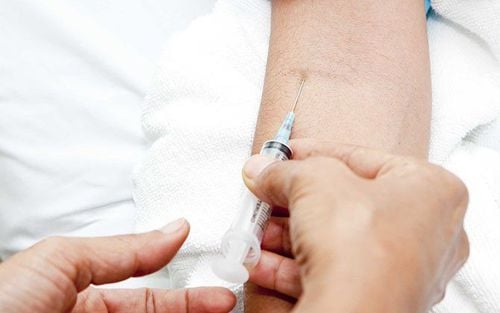
4. Intravenous Injection During IV Infusion
When performing an injection for a patient receiving IV fluids:
• Do not use a tourniquet, but ensure the IV line is clamped.
• Insert the needle into the ambu port after disinfecting it.
• Administer the medication, withdraw the needle, and disinfect the ambu port.
• Reopen the IV line according to the doctor’s instructions.
Vinmec International Hospital ensures high-quality professional care with experienced medical staff and modern equipment. The hospital offers comprehensive, professional medical services in a safe, sanitized, and civilized environment.
To arrange an appointment, please call HOTLINE or make your reservation directly HERE. You may also download the MyVinmec app to schedule appointments faster and manage your reservations more conveniently.



